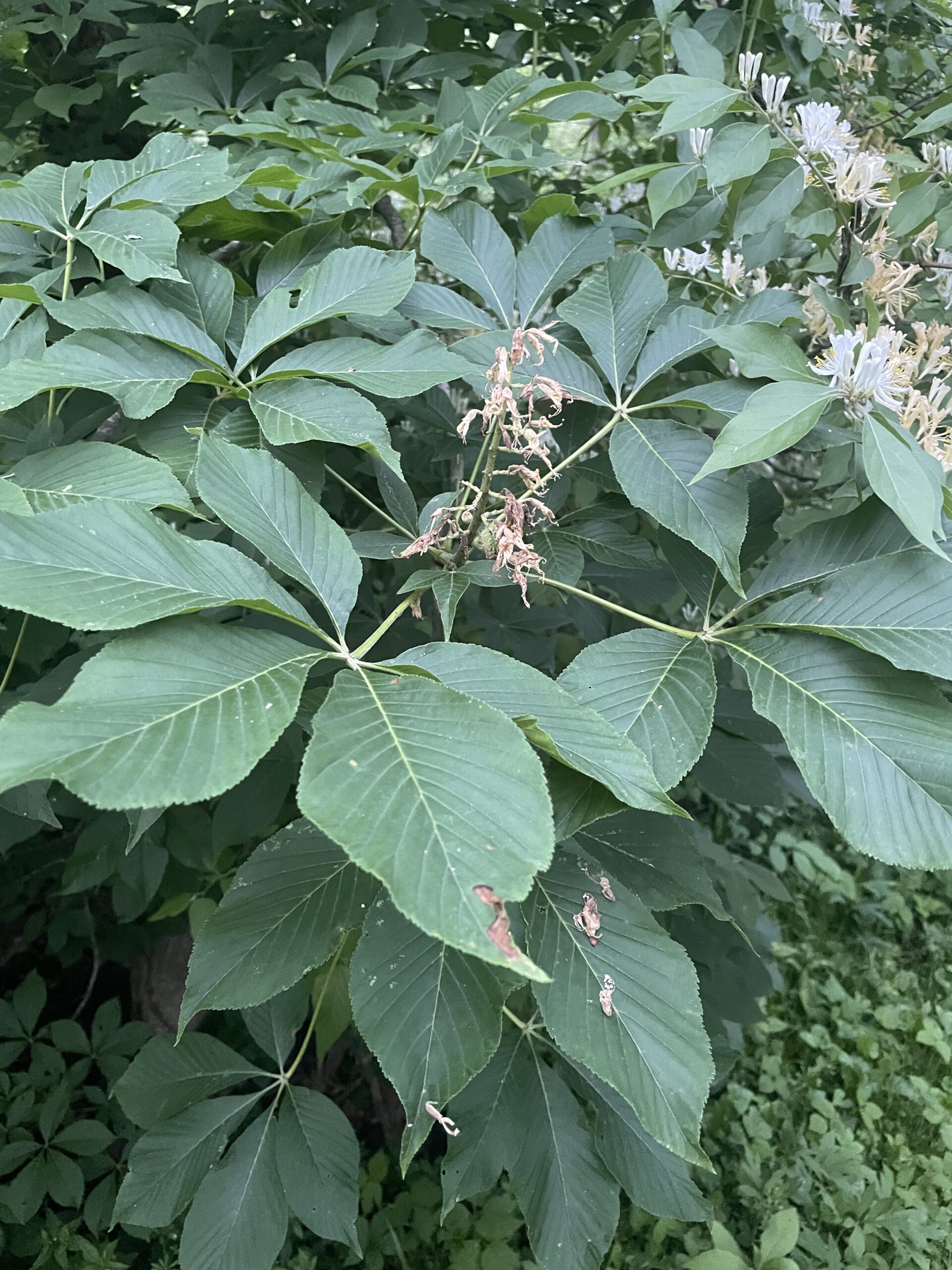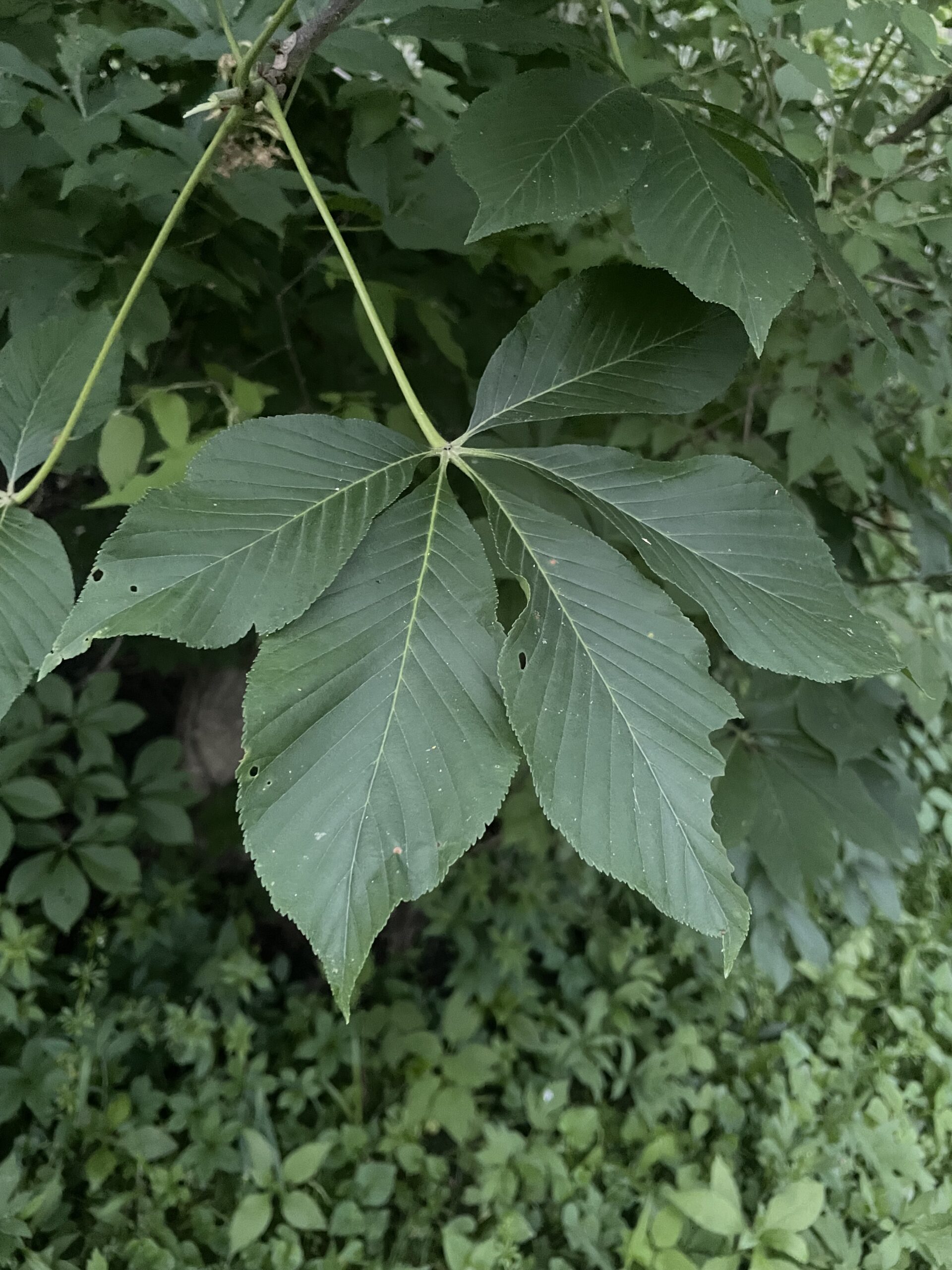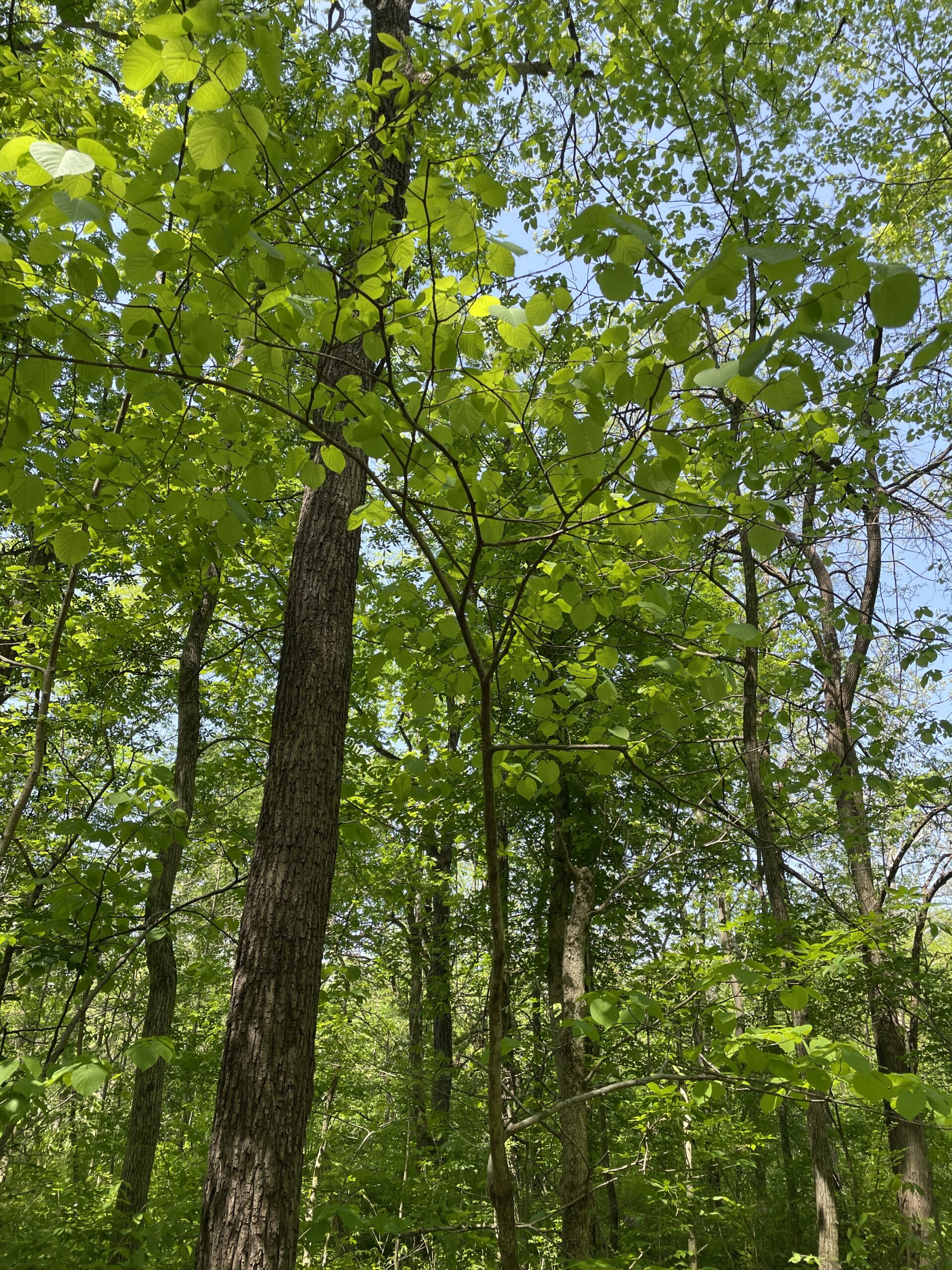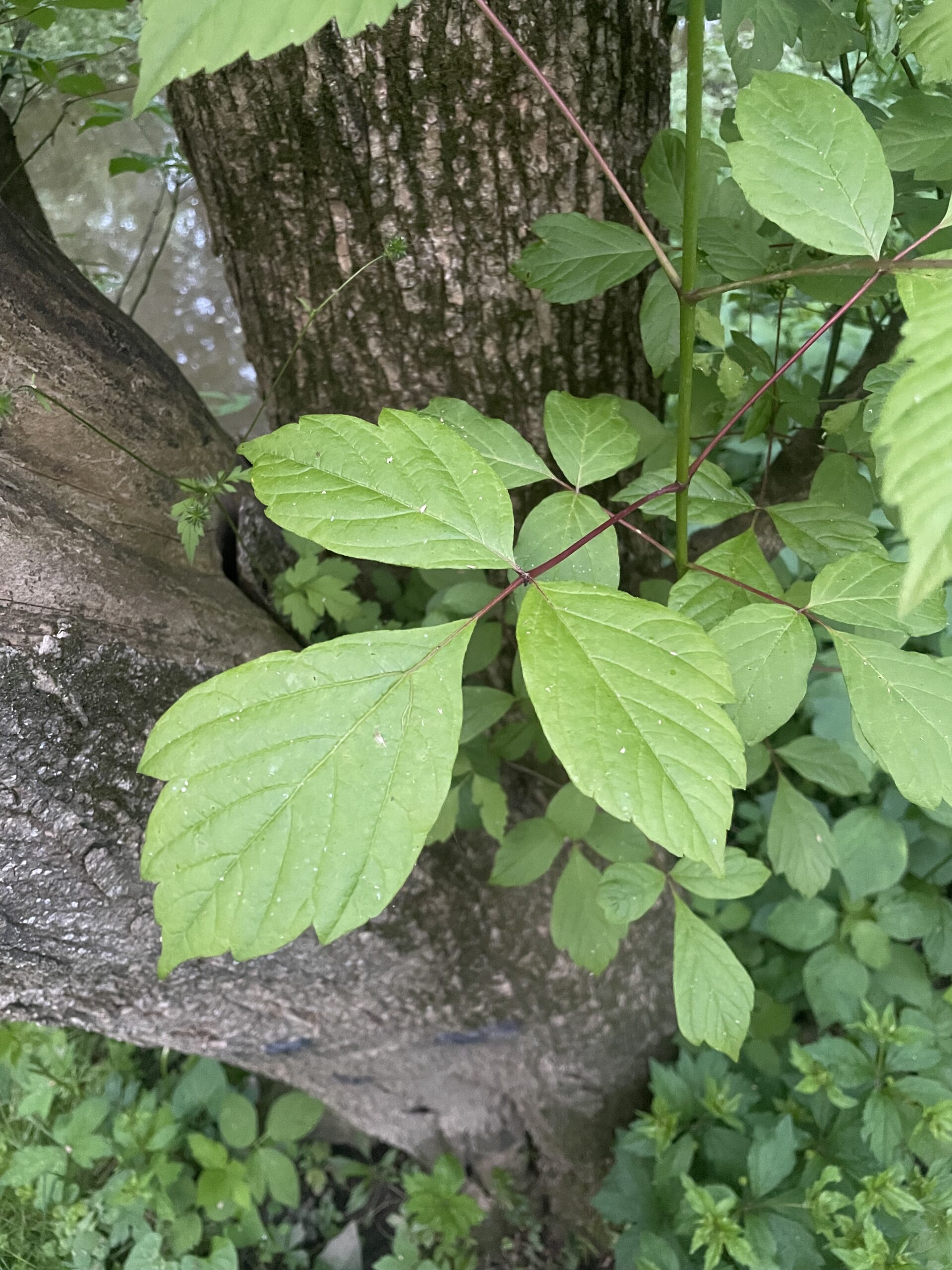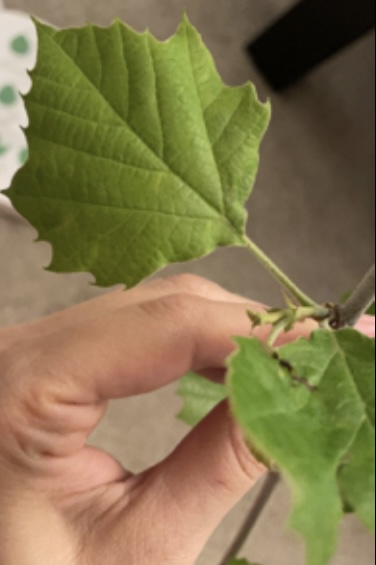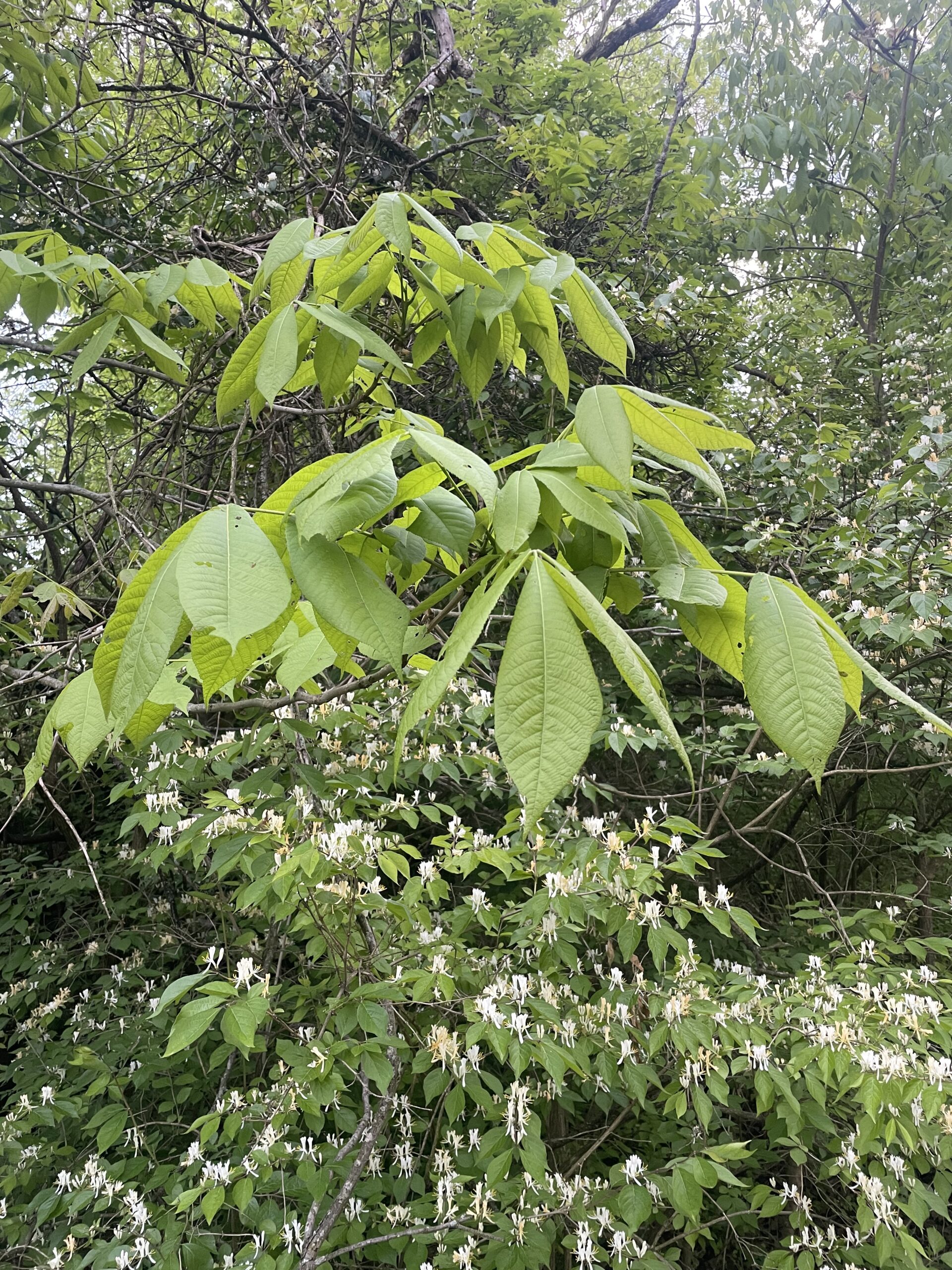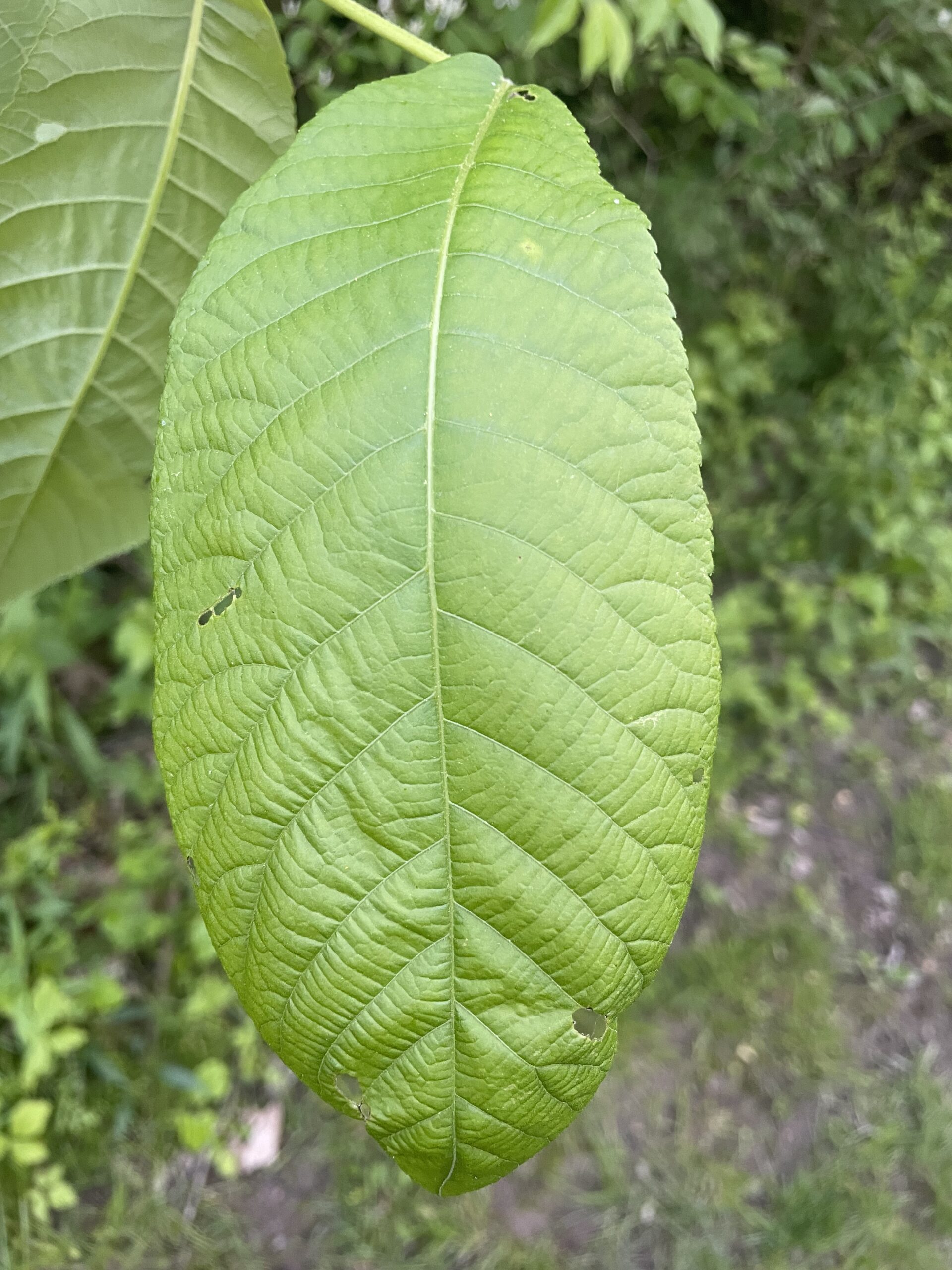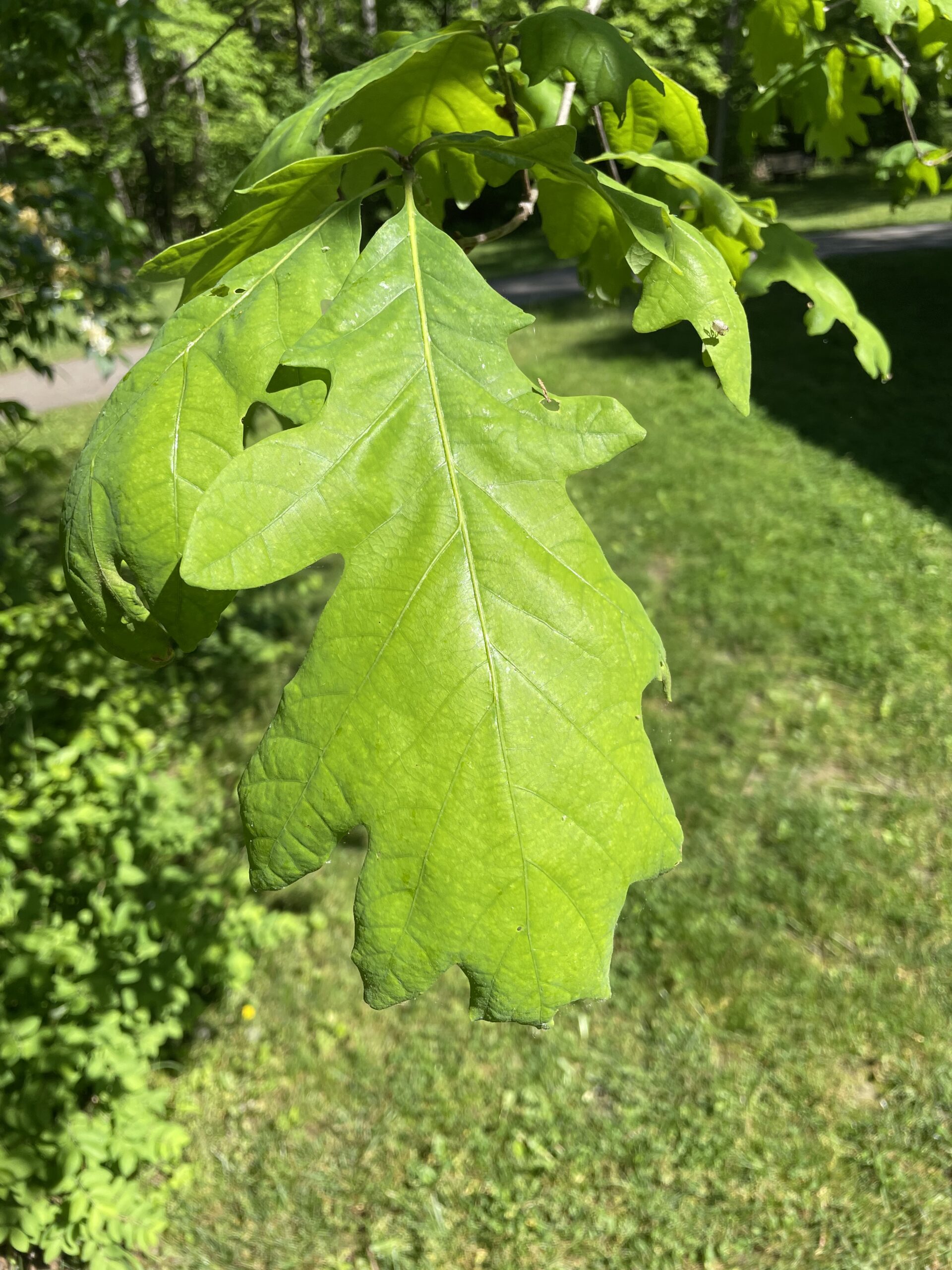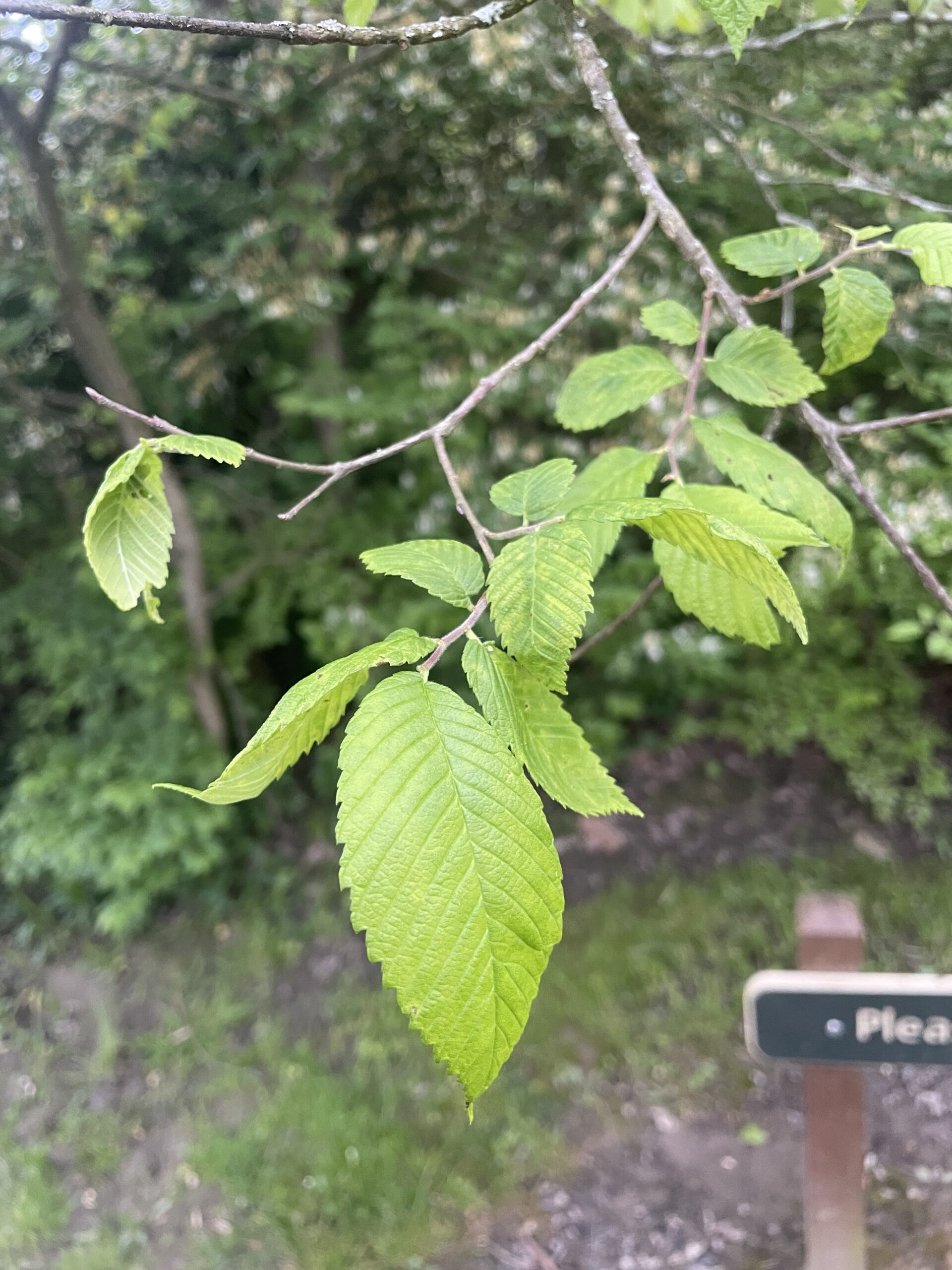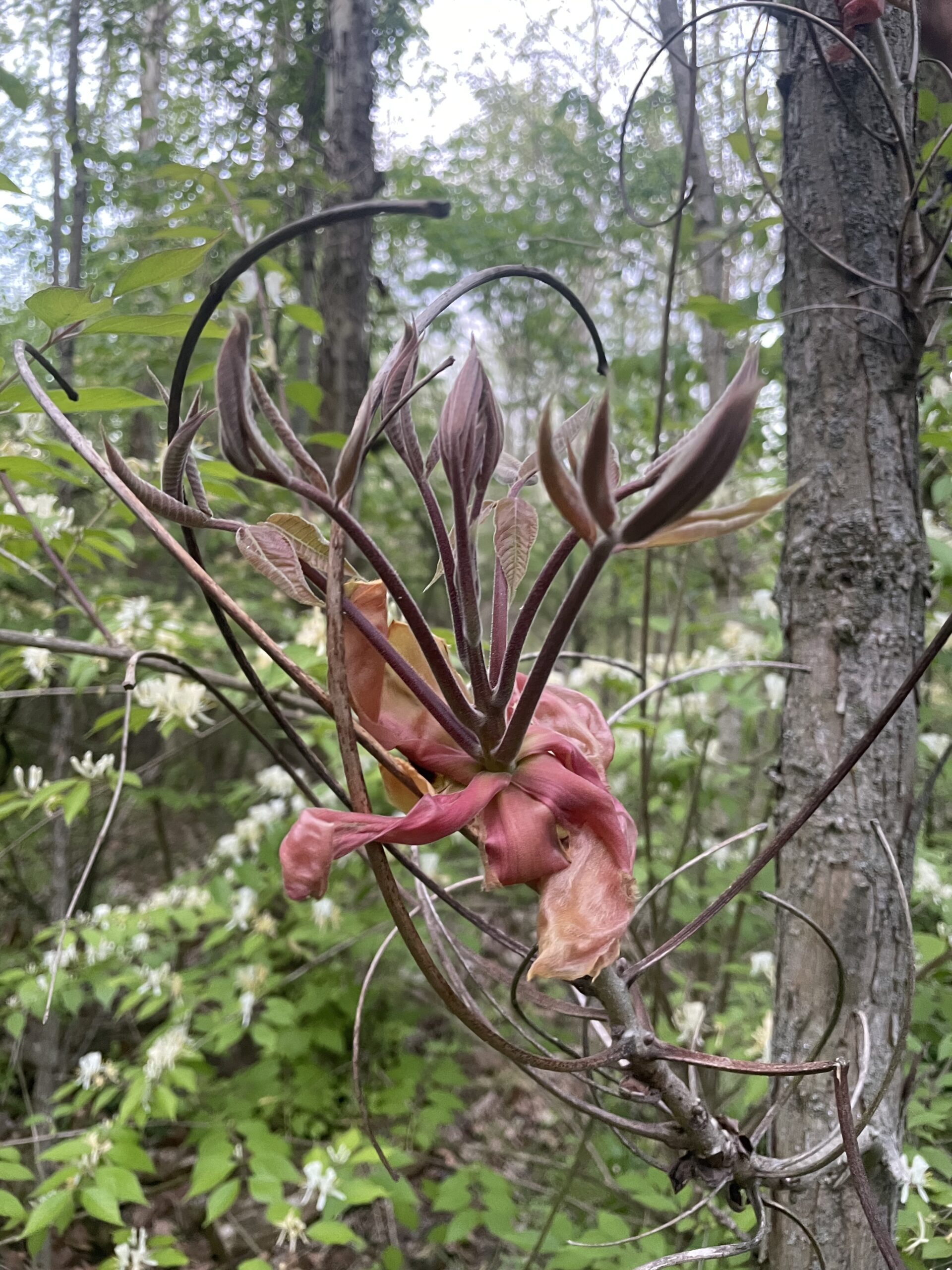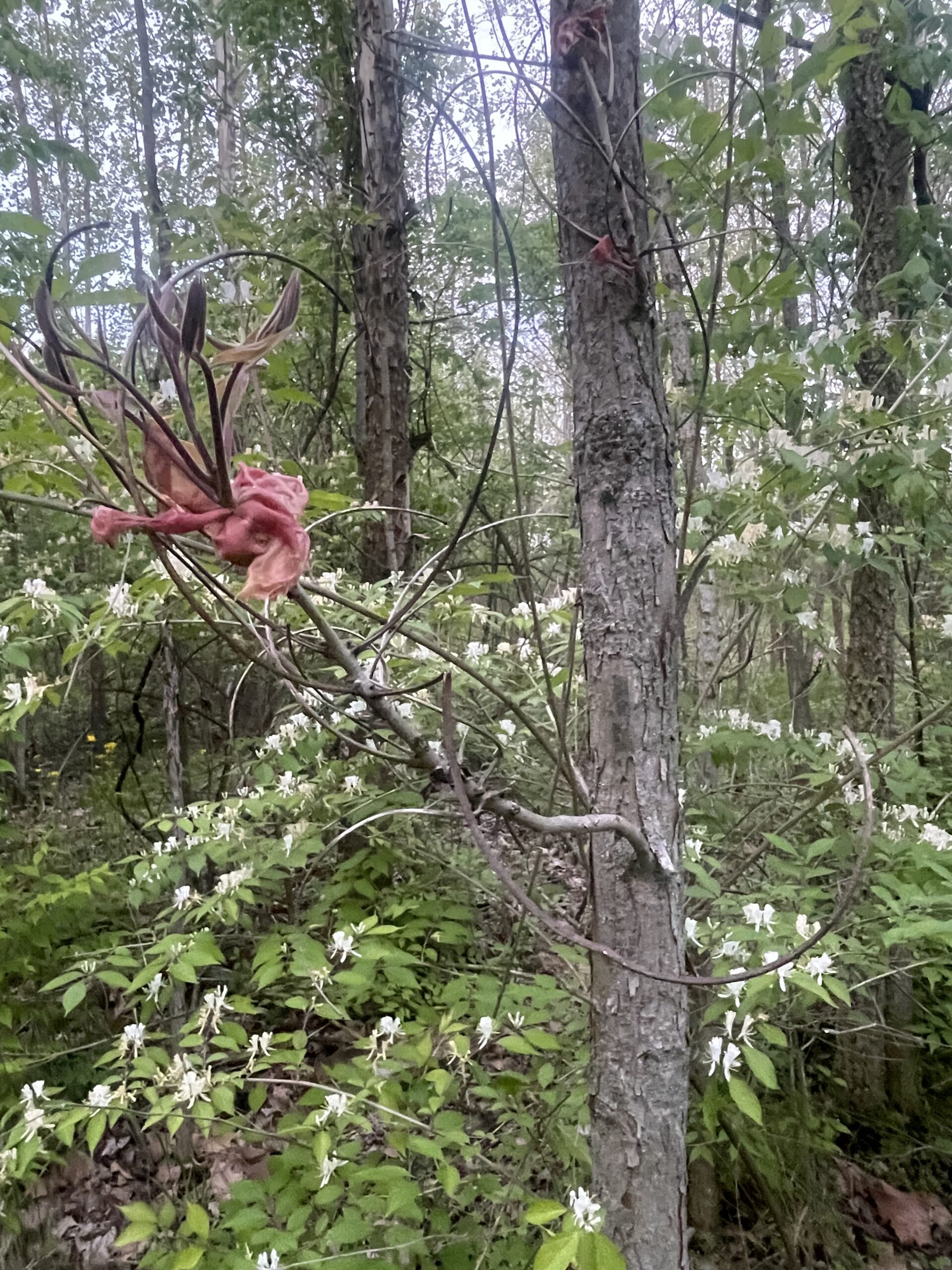“He who plants a tree, plants a hope.” – Lucy Larcom
It’s all about the trees for this page! I really like the quote from above, said by American teacher and writer, Lucy Larcom, so I wanted to share that. Trees are absolutely a fundamental plant to our environment, as they grow tall and strong and provide tons of benefits. They help filter the air and provide shade, through the process of photosynthesis, trees absorb carbon dioxide and produce oxygen which is essential for obvious reasons, they boost the wildlife communities and ecology by providing habitats for other organisms, some even offer medicinal properties (https://www.royalparks.org.uk/parks/the-regents-park/things-to-see-and-do/gardens-and-landscapes/tree-map/why-trees-are-important), the list goes on and on! Okay, we get it. Trees are important, so now what?
From the New York Times article titled, “Cure Yourself of Tree Blindness” by Gabriel Popkin, a phenomenon, if you will, has been termed by botanists called Tree Blindness. Most people today do not put much emphasis on learning how to identify trees and plants as a basic life skill. However, this is contrary to how it was a long time ago when your life depended on you being knowledgeable about the plants around you. As Popkin pointed out, knowing your trees was very important for building houses and knowing what you could or couldn’t eat. The good news is that tree blindness can be cured, and I think it should be! We should all have a basic understanding of the native plants and trees surrounding our environment and so this assignment was my attempt at curing my own tree blindness. I surveyed 2 metro parks located very close to my house in the Galloway, Ohio area. I went to Prairie Oaks Metro Park first and found most of my native tree species there, but also located a couple at Battelle Darby Metro Park, as you will see below!
Buckeye
Let’s pay homage to my lovely hometown of Columbus, Ohio and start by talking about the awesome Buckeye Tree! I believe the species I found is the Ohio Buckeye, Aesculus glabra. It can be tricky sometimes to distinguish between the two native species, Ohio Buckeye and Sweet (Yellow) Buckeye tree (Aesculus octandra), especially when there is no fruit showing yet. However, one way I could tell the difference is by using my sense of smell! That is the Ohio Buckeye has a very strong odor when the leaves or twigs are broken, in which this plant did.
The Ohio Buckeye Tree, A. glabra, showcasing its old flowers that have dried up and began to fall.
The leaves of this tree are oppositely arranged and palmately compound, having 5 narrow and long-pointed leaflets. The flowers of the Ohio Buckeye Tree are yellow, bell-shaped and grow in the Spring between April and May. In addition, they need good soil that is moist but not too wet and is well drained, being found near streams and rivers. This would make sense for where I located this tree because Big Darby Creek runs through Prairie Oaks Metro Park, supplying a good water source. It’s also worth mentioning that although the Ohio Buckeye Tree appears harmless, all parts of it including the leaves and bark are toxic to humans and animals if consumed (https://cfaes.osu.edu/news/articles/ohio-state-fans-7-things-know-about-growing-ohio-buckeye-tree).
A close up view of the Buckeye Tree leaf.
Basswood
Next, we have a tree species that I located at Battelle Darby Metro Park called the American Basswood, Tilia americana. Basswoods, also known as lindens, are a small but complex group of trees characterized by heart-shaped, fine-toothed leaves with uneven bases, from the Peterson Field Guide for Trees and Shrubs by George Petrides. The leaves are alternate in arrangement and simple in complexity as you will see further. The defining feature of the leaf that allowed me to distinguish it from other Basswood species is that the leaves grow hairless underneath, as well as the flower stalks. This common tree is very popular among bees who extract the nectar from its fragrant flowers, making a high-quality honey. In addition, the wood on the outside is lightweight and odorless, however, the inside bark of Basswoods is very tough and served a great purpose to the Native Americans in making rope, mats and bandages, which is good to know (https://ohiodnr.gov/discover-and-learn/plants-trees/broad-leaf-trees/american-basswood-tilia-americana)!
A good look at the American Basswood leaf, and that signature heart-shape. I can feel the love!
The Basswood tree in its glory. I believe this is more of a juvenile tree, but nonetheless still great!
Boxelder
This awesome Boxelder was found at Prairie Oaks and is part of the Maple family, also referred to as Ashleaf Maple, Acer negundo. The leaves usually have about 3-5 bright green leaflets that are opposite in arrangement. Interestingly, this is the only species of Maple tree native to Ohio that has compound leaves, specifically, pinnately compound. The twigs can be a green or purplish color with a glossy appearance, as you can see in the picture below. They grow in moist fertile soils and are medium in size. The bark is brown/greyish in color and forms interlacing ridges as the tree ages. This deciduous tree got its name from its former use in the manufacturing of boxes, pallets and wooden crates. The trunk is also almost never straight in length, often looking like it’s leaning or twisting and branches out into several main limbs (https://ohiodnr.gov/discover-and-learn/plants-trees/broad-leaf-trees/Boxelder-Acer-negundo#:~:text=Boxelder%20(Acer%20negundo)%2C%20frequently,Ohio%20that%20has%20compound%20leaves).
The Boxelder leaflets up close to really see their coarsely-toothed margins and the furrowed bark.
The Boxelder tree, tall as it stands!
Sycamore
Here we have an American Sycamore Tree, Platanus occidentalis, located at Prairie Oaks. As described in the Peterson Field Guide for Trees and Shrubs, these are very large lowland trees that have a distinctive brown bark with a mottled look that flakes off in a sort of jigsaw puzzle pattern. As the outer bark is flaked off, the white to yellowish bark underneath gets exposed, as you can see in the picture below. The leaves are simple in complexity and alternate in arrangement, being 3-5-lobed and edged with large teeth. This tree is regarded as the most massive tree species in the Eastern United States and gets to be its greatest size in Ohio and Mississippi near river basins.
A picture of the Sycamore Tree bark. You can see the distinctive colors and patterns.
A close up shot of the Sycamore Tree leaf!
Tall Pawpaw
Next, I found and identified this Tall Pawpaw Tree, also known as Common Pawpaw, Asimina triloba. These usually grow as shrubs or small trees being found in moist environments such as near creek sides and ravines. It has large, toothless leaves that resemble something tropical, and are alternate in arrangement and simple in complexity. As you can see below, they sort of droop down from the twigs like “dog ears” (https://ohiodnr.gov/discover-and-learn/plants-trees/broad-leaf-trees/pawpaw-asimina-triloba). The fruits of the Pawpaw are large and fleshy, also being compared to a banana in the Peterson Field Guide. The Pawpaw is a Northern relative of the custard-apple family, Annonaceae, so the fully ripened fruits are edible raw or can even be cooked into a dessert. They are said to be quite tasty and good for you, however, they would most likely be very difficult to find here in Ohio, as many local critters such as raccoons, opossum, foxes and squirrels snag them up super quick as a delicious snack!
Here we have the Tall Pawpaw. You can see how the leaves hang down like a pup’s drooping ears.
A better look at the Pawpaw Tree leaf!
Oak
This Oak Tree I located at Batelle Darby Metro park, and I believe I have correctly identified it as White Oak, Quercus alba. This is a common tree found all throughout Ohio, in fact, it is native to the entire Eastern half of the United States. As the glorious picture below shows, the nice bright green leaves of the White Oak are alternate in arrangement and simple in complexity. They have approximately 7-9 hairless lobes that take a rounded shape, but this can be highly variable among White Oaks. The White Oak is regarded as one of the most important timber trees and hardwoods for its use as lumber for the production of beams, railroad ties, flooring, furniture and much more (https://ohiodnr.gov/discover-and-learn/plants-trees/broad-leaf-trees/white-oak-Quercus-alba).
White Oak leaves showing off all of their beautiful lobes!
Elm
This tree here is an Elm Tree, specifically, I believe it to be an American Elm, Ulmus americana. This is another species commonly found all throughout Ohio and native to the Eastern United States. The leaves of the Elm are simple in complexity and alternately arranged with asymmetrical bases. From the picture below, you can see that the leaves have doubly serrated margin on both sides with prominent veins. These magnificent trees were once very lively and popular as they were used to fill in city streets, but an unfortunate disease has left many of the larger, mature American Elm trees diseased and dying. The culprit being Dutch Elm disease which also affects the American Chestnut tree. The pathogen is transmitted by the Elm Bark Beetle and wreaks havoc on the trees vascular system. On a lighter notes, younger trees are actually immune to this disease and most will make it to their reproductive age before getting infected (https://ohiodnr.gov/discover-and-learn/plants-trees/broad-leaf-trees/american-elm-ulmus-americana#:~:text=It%20is%20found%20throughout%20all,they%20reach%2040%20feet%20tall).
You can really see the detail of the serrated margins on this American Elm leaf!
A healthy, growing juvenile American Elm.
We have now reached the last of our 8 tree specimens!
Hickory
To end this tree-mendous adventure, I believe I have identified a Shellbark Hickory Tree, Carya laciniosa. I was very intrigued by the conspicuous colors of this flowery thing, as well as the very intricate shape of the long, thin curly twigs that are curling inward. This tree took me the longest to identify just because there are so many parts and it can get confusing. I was finally able to narrow it down between Shagbark Hickory or Shellbark Hickory, and decided to go with the latter based on the number of leaflets and their texture being velvety. From the Peterson Field Guide, Shellbark Hickory is a slower growing but tall tree with 7-9 leaflets that are alternately arranged and pinnately compound. This one and other Hickories are monoecious, meaning that both the male and female flowers occur on the same tree. Shellbark trees are found in moist soil bottomlands, unlike the Shagbark Hickory. They produce large, egg-shaped nuts that are edible and serve as a tasty treat for squirrels. Hickory wood is very popular in many uses for its heavy, dense but elastic wood, even making it a popular wood to smoke meat with (https://ohiodnr.gov/discover-and-learn/plants-trees/broad-leaf-trees/shellbark-hickory-Carya-laciniosa).
The flower or new growth bloom on this Shellbark Hickory Tree. I love the pink and orange colors!
A better look at how tall this Hickory tree is.
The end!
As we conclude this page on some of Ohio’s native trees, I hope that this information and my observations will have sparked some interest in others about trees and how blind we actually are to them. Knowing and understanding the trees around you and your environment can be super beneficial for not just humans, but the trees themselves. We need to better take care of and appreciate our trees as they serve so many fundamental purposes within the ecology of our planet. Let’s not be blind to our beloved trees and take the time to really see them every day. I hope you enjoyed!

